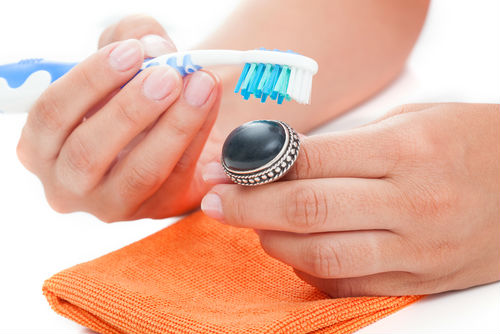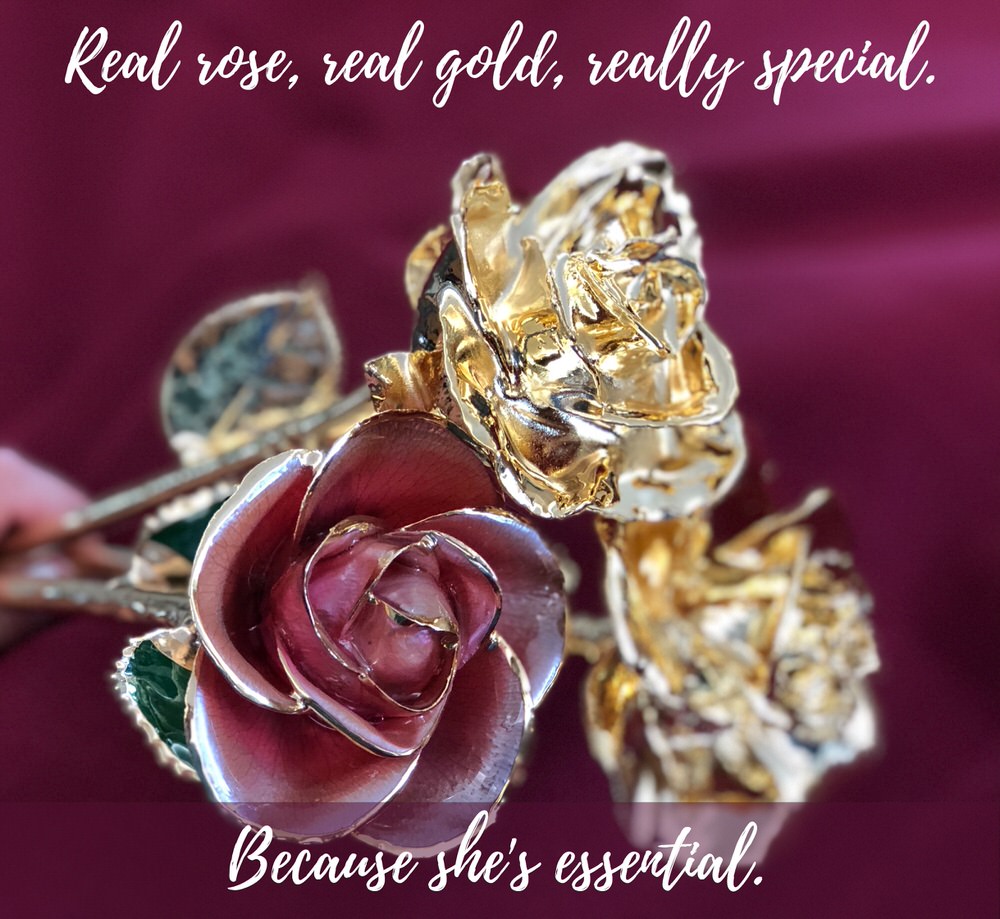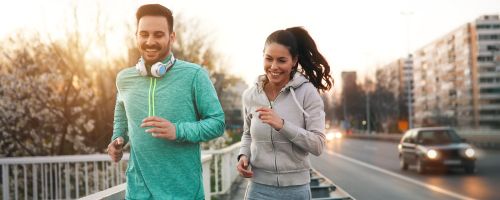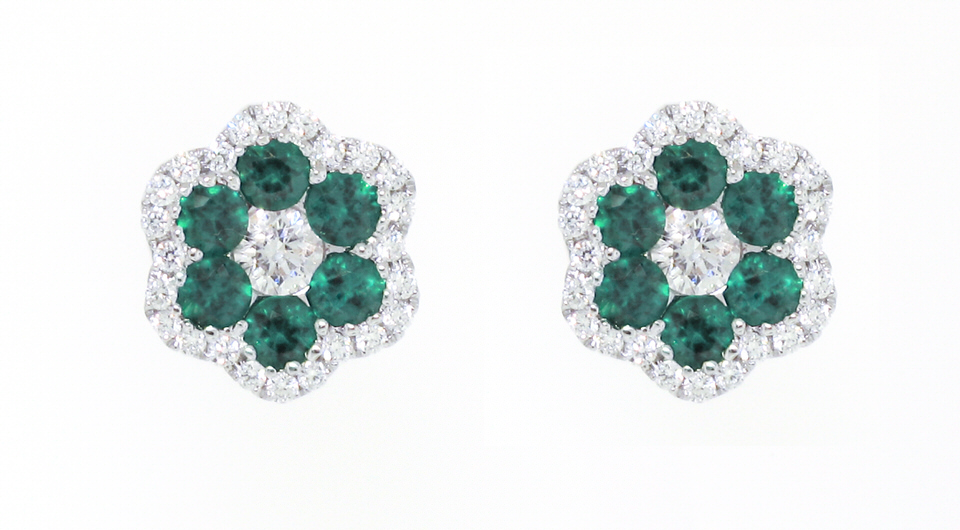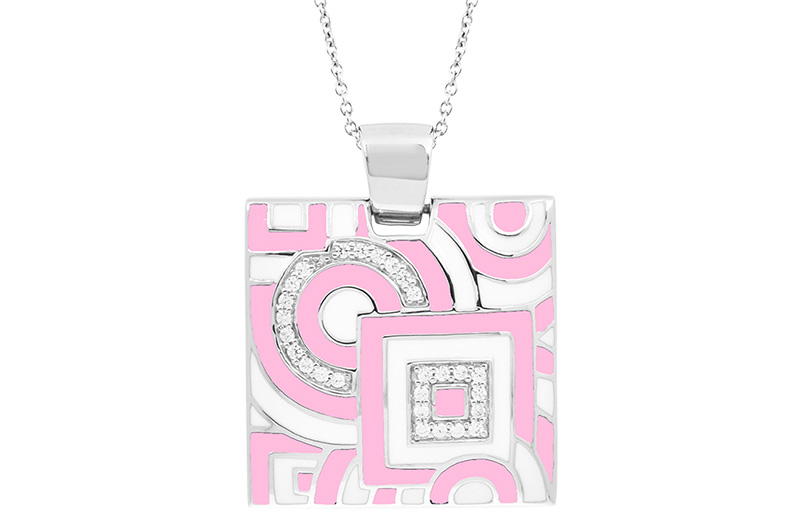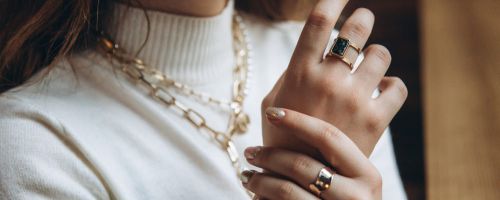Durability of Jewelry Finishes
Do you notice scratches on your rings? The type of metal it is determines how easy scratches can occur. The harder the metal composition, the more durable – and more scratch-resistant – the piece of jewelry will be. You might be surprised to learn that most metals can be scratched easily because most are fairly soft. There’s quite a variety to the hardness of metals used for jewelry and that’s what we cover in this article.
Metals (and gemstones) durability ratings
There are two charts that jewelers use to know the durability of gemstones and metals: The Moh’s Scale of Hardness and The Rockwell Scale. It’s easy to find these with an Internet search – they are lengthy and contain more information than you need to know. We’re summarizing data from both below.
From most easily scratched to most durable (metals in bold):
| Hardness | Mineral |
|---|---|
| 1 | plastic |
| 1.5 | tin, lead |
| 2 | rock salts |
| 2-2.5 | mercury |
| 2.5 | zinc, amber, ivory, fingernail, pearl |
| 2.5-3 | gold, silver, aluminum |
| 2-3 | salt |
| 3 | copper, bronze, brass |
| 4 | nickel |
| 4-4.5 | platinum, steel |
| 4.5 | iron |
| 4.75 | palladium |
| 5 | tooth enamel |
| 5-5.5 | obsidian |
| 5.5-6 | opal, turquoise |
| 6 | titanium, rhodium |
| 6-6.5 | fire opal, moonstone |
| 6.5 | tanzanite |
| 6-7 | jade, glass |
| 6.5-7 | peridot |
| 7 | quartz, black opal, citrine, onyx, amethyst, tiger’s eye |
| 7-7.5 | garnet, rhodolite |
| 7.5 | tungsten |
| 7-8 | hardened steel |
| 7.5-8 | aquamarine, emerald |
| 8 | topaz |
| 8.5 | cubic zirconia |
| 8.5-9 | tungsten carbide |
| 9 | sapphire, ruby |
| 10 | diamond |
Note: The full Moh’s Scale includes information, such as ‘absolute hardness’ numbers. These would show, for instance, that diamonds (rated a 10) are four times harder than the next closest gems, rubies and sapphires (rated a 9).
When considering the above listing, when a lower-rated gem or metal comes in contact with a higher-rated gem or metal, the lower-rated gem or metal can be damaged because it is softer. When it comes to metals, jewelers find gold and silver much more malleable and therefore easier to work with than titanium or platinum, for instance.
Looking at it another way, though, for your own preferences, that means gold and silver are easier to damage and wear down! That isn’t the end of this conversation, however. Most jewelry is mixed with other alloys (such as silver, copper, nickel, and zinc) to help strengthen the base metal.
Let’s talk about gold: yellow and ‘white’
Yellow gold is popular because of its deep yellow color and its malleability makes it easy to work with. Pure gold (24K) is too soft for most jewelry, so it’s generally mixed with other alloys to make it more durable.
Note: Gold purity is measured in relation to 24 units/karats (24K). So 18K gold is 18/24 or 75% pure yellow gold; 14K gold is 14/24 so about 58% pure yellow gold, and so on.
18K yellow gold is mixed with copper, silver, zinc, and/or cobalt
- Pros: Rich look and feel / no plating required / very malleable / rarely causes skin irritation
- Cons: Slightly less scratch resistant than lower purity alloys / long period of heavy wear will cause it to wear down
14K yellow gold is mixed with copper, silver, and zinc
- Pros: No plating / good resistance to scratching / seldom causes skin irritation / less expensive than 18K or platinum alloys
- Cons: Feels slightly lighter than 18K yellow gold / harder to work with than 18K yellow gold / wears down faster than 18K yellow gold
White gold is popular for its appearance and price point when compared to platinum. There really isn’t a “white gold” in existence, it is pure yellow gold mixed with white metals. Most white gold jewelry is electro-plated with rhodium (a member of the platinum family), the whitest precious metal after silver. Rhodium is also a hard shell that provides extra scratch resistance.
The plating on white gold jewelry can wear off over time. Re-plating of white gold pieces is a simple and routine process jewelers can perform for you.
18K white gold is mixed with copper, nickel, zinc, and/or palladium
- Pros: Whitish metal, looks like platinum when rhodium-plated / more scratch-resistant than 18K yellow gold / very malleable / solid feel from good density
- Cons: Requires rhodium plating / can cause skin irritation for those with nickel allergies / wears down over a long period of time
18K palladium white gold is 75% gold and 25% palladium
- Pros: Whitish metal, looks platinum when rhodium-plated / rarely causes skin irritation / very malleable / solid feel from good density
- Cons: Requires rhodium plating / wears down over a long period of time / more expensive than 18K nickel alloy
14K white gold is mixed with copper, zinc, and nickel
- Pros: Looks like platinum when plated with rhodium / good resistance to scratching / less expensive than 18K alloys
- Cons: Requires plating / feels lighter than 18K / wears down faster than 18K / can cause skin irritation for those with nickel allergies
Let’s talk about platinum
Platinum is a versatile metal, is naturally white, and doesn’t fade or tarnish. It’s also hypoallergenic, so is great for those with sensitive skins. It’s considered the safest metal for setting any gemstone durably.
Being dense and malleable, platinum is unique. Scratches have little impact to the metal; it develops a sort of worn look that people like. Polishing it can bring back the shine easily and without wearing down the metal, as happens with other less dense metals. Gold prongs can wear down and break over time where platinum prongs may bend, but seldom break.
There are four common platinum alloys:
- Pt900/Ir = 900 parts platinum (Pt), 100 parts iridium (Ir) – a hard alloy; excellent white color and quite malleable
- Pt950/Ir = 950 parts platinum (Pt), 50 parts iridium (Ir) – a medium-hard alloy; the whitest and softest; best choice for soft or fragile gem settings; not as scratch resistant as the other alloys
- Pt950/Ru = 950 parts platinum (Pt), 50 parts ruthenium (Ru) – a very hard alloy; darker gray than the Iridium alloy options
- Pt950/Co = 950 parts platinum (Pt), 50 parts cobalt (Co) – a moderately hard alloy; tarnishes when heated and finishes a darker gray color than Iridium alloy options
Platinum is a fabulous metal choice for jewelry because it is durable enough to last through a lifetime of wearing and still be passed on to future generations – with proper care and cleaning, of course! Platinum might be twice as durable as gold, but there are four metals harder (and last longer) than platinum – titanium, hardened steel, tungsten, and tungsten carbide!
Tungsten is 10 times harder than 18K gold and 4 times harder than titanium. Tungsten is the most durable, as well as the heaviest, metal for jewelry. Tungsten and titanium are the only two metals that are scratch resistant.
Drawbacks to durable hard metals:
- Tend to be more expensive than softer metals
- Are tough for jewelers to work with; simple polishing can take hours!
- Some can’t be repaired or sized – tungsten and tungsten carbide pieces have to be ordered in the correct size
Durability is something to consider for your next piece of jewelry
This was a quick overview of the durability for metal choices in jewelry, but we hope it has offered value and added to what you already knew. Perhaps you have new ideas for your next piece! We’re happy to talk to you about gems and metals at any time! Feel free to stop in or call with any questions.


